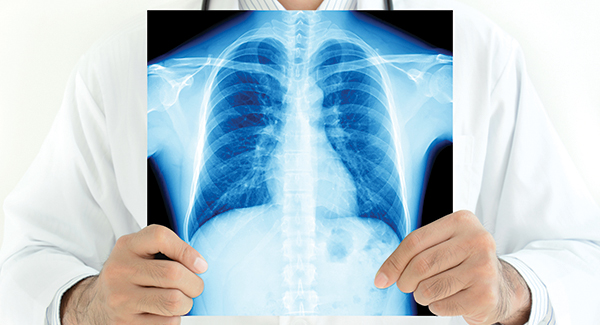Paget’s Disease
This painful condition can cause bones to weaken, become misshapen and fracture more easily.
Paget's disease of the bone occurs when an error in the normal process of bone breakdown and rebuilding causes new bone to grow faster than normal resulting in weak and misshapen bones. The disease may affect any bone in the body, but it tends to affect the bones of the pelvis, the legs, skull and spine.
Paget's disease rarely spreads from one site to another. If the disease is in the pelvis, it's not likely to affect the spine or skull. Paget’s generally "burns out" in time, causing no additional pain or damage. Any damage the disease has already caused, however, is irreversible.
About one million people in the United States have Paget's disease. The disease is more common in older people and those of European descent. Men are more likely than women to have the disease.
Causes of Paget's Disease
The cause of Paget’s disease is unknown. Doctors think it is a combination of environmental factors, such as an infection and genetic factors.Symptoms of Paget's Disease
Most people with Paget’s have such mild symptoms that they are unaware they have the disease. The symptoms of Paget’s disease depend on which bones are affected. They can include:
- Pain.
- Enlarged bones.
- Broken bones.
- Damaged cartilage in joints (osteoarthritis).
- Pinched nerves leading to tingling or numbness (if the disease affects the spine).
- Hearing loss and headaches (if the disease affects the skull).
Bones weakened by Paget’s may break more easily. The disease may cause fractures, bowed legs, a curved spine or pinched nerves in the spine. Over time, enlarged or misshapen bones can stress nearby joints leading to osteoarthritis in those joints. In very rare cases, Paget's can turn into a life-threatening cancerous bone disease. Severe Paget’s disease may cause damage to the heart.
Diganosis of Paget's Disease
To diagnose Paget’s disease, the doctor will perform a physical examination, ask about medical health history and order blood tests and bone X-rays.Treatment of Paget's Disease
The goal of treatment is to relieve pain and slow down the progression of the disease. There are two types of drugs for Paget’s disease, both of which are also used for osteoporosis. Bisphosphonates are the most common class of drug used. These drug help to slow down the process of bone turnover. Calcitonin may be used for some patients but does not work as well as bisphosphonates. If there is joint damage and resulting pain is a problem, joint replacement surgery may be needed.
There are two types of doctors who are the most experienced in treating patients with Paget’s disease:
- Endocrinologists, who treat metabolic conditions.
- Rheumatologists, who treat arthritis and other musculoskeletal conditions.
Depending on how the disease affects the body, the healthcare team may also include one or more of the following specialists:
- Orthopedists, who treat bone conditions.
- Neurologists, who treat brain and nerve problems,
- Otolaryngologists, who treat hearing problems.
Self-Care for Paget's Disease
Taking a proactive role in treatment – a process called self-management – is important. Here are some ways to help manage the disease:
- Develop and maintain strong bones. To maintain strong bones, you should get 1,200 mg of calcium and at least 400 IU of vitamin D every day. After age 70, you should take 600 IU of vitamin D each day. If you have had kidney stones, talk with your doctor about how much calcium and vitamin D to take.
- Be physically active. Exercise helps keep joints mobile and build strong bones. Talk to a doctor or a physical therapist before starting an exercise program to choose the most appropriate exercises.

Stay in the Know. Live in the Yes.
Get involved with the arthritis community. Tell us a little about yourself and, based on your interests, you’ll receive emails packed with the latest information and resources to live your best life and connect with others.


